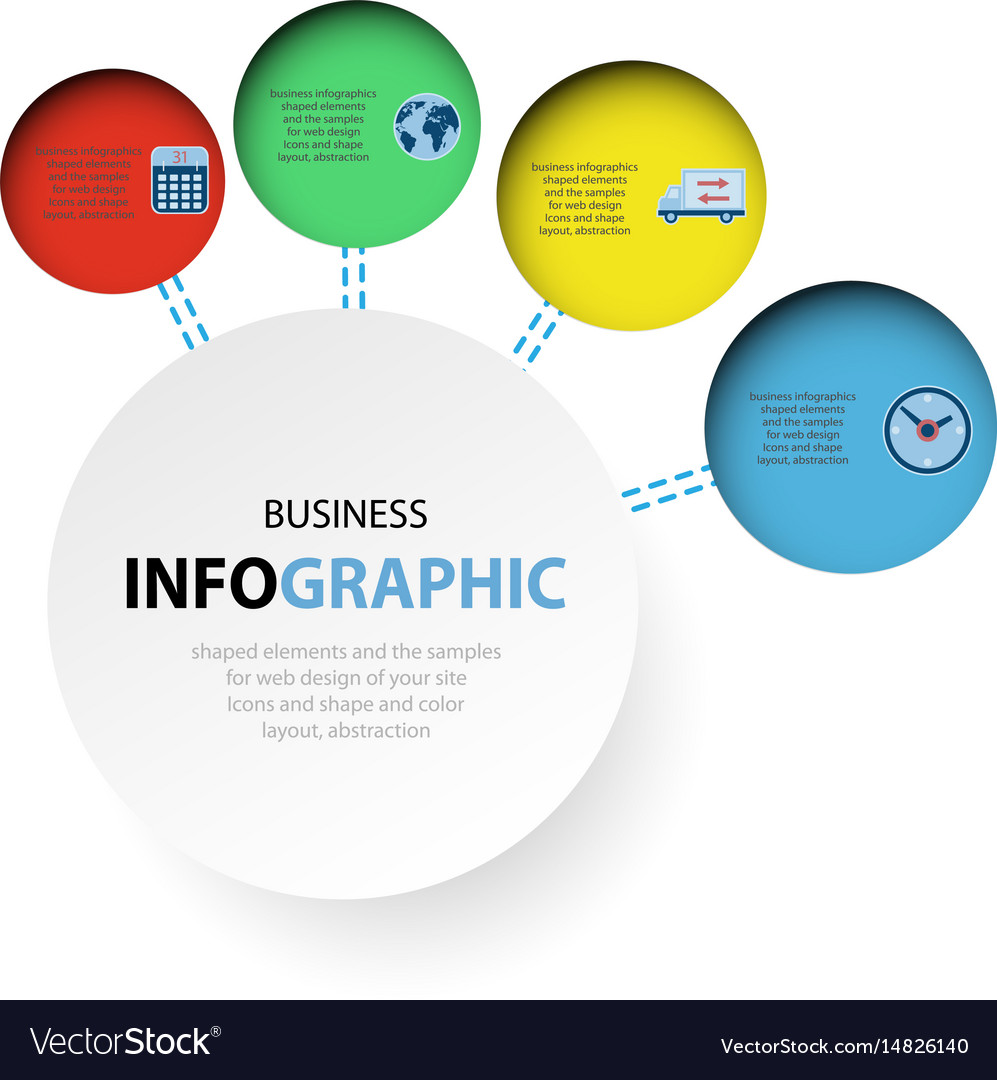The Development Of Web Design: Then And Now
The Development Of Web Design: Then And Now
Blog Article
Content Develop By-Kinney Molina
In the past, websites were easy and concentrated on information. Navigation was straight, and layout was for desktops. Now, user experience is crucial. Data overviews styles for very easy navigation. Receptive designs suit various gadgets. Today, dark setting reduces strain, and minimal food selections boost navigating. Interactive attributes involve users, and vibrant visuals stand out. AI integration improves involvement. See just how layout has actually developed to boost your on the internet journey.
Early Days of Web Design
In the very early days of web design, simplicity preponderated. Sites were basic, with restricted colors, fonts, and formats. The focus was on supplying details rather than showy visuals. Customers accessed the net with slow dial-up connections, so rate and functionality were key.
Navigating food selections were straightforward, usually situated on top or side of the page. Sites were made for desktop computers, as mobile browsing had not been yet common. Content was king, and designers prioritized easy readability over complicated layout elements.
HTML was the primary coding language utilized, and designers had to work within its restrictions. Computer animations and interactive attributes were marginal compared to today's requirements. Websites were fixed, with little dynamic content or tailored individual experiences.
Increase of User-Focused Design
With the advancement of site style, a shift towards user-focused layout principles has ended up being progressively prominent. Today, creating websites that focus on customer experience is essential for involving visitors and achieving business goals. User-focused style entails recognizing the demands, preferences, and actions of your target audience to customize the web site's format, content, and includes appropriately.
Designers currently perform comprehensive study, such as user studies and usability screening, to collect insights and responses straight from users. This data-driven strategy assists in producing user-friendly navigating, clear calls-to-action, and aesthetically appealing interfaces that resonate with site visitors. By positioning the user at the facility of the style process, internet sites can provide an extra individualized and enjoyable experience.
Responsive design has likewise become a key element of user-focused layout, making certain that web sites are optimized for various tools and screen sizes. This flexibility boosts access and use, catering to the varied means users engage with websites today. Basically, the surge of user-focused design symbolizes a change towards developing electronic experiences that prioritize the demands and assumptions of completion individual.
Modern Trends in Website Design
Discover the latest patterns forming web design today. One popular fad is dark mode layout, providing a streamlined and modern look while minimizing eye pressure in low-light environments. Another vital fad is minimal navigating, streamlining menus and boosting individual experience by concentrating on essential elements. Including micro-interactions, such as computer animated buttons or scrolling results, can produce a more engaging and interactive web site. Responsive layout stays vital, ensuring smooth customer experiences throughout different tools. In addition, making use of vibrant typography and asymmetrical formats can add aesthetic passion and draw attention to specific web content.
Integrating AI innovation, like chatbots for consumer support or individualized suggestions, enhances user involvement and simplifies processes. Ease of https://www.google.com/maps/place/Moon+and+Owl+Marketing/@32.9757271,-106.5344695,1840583m/data=!3m1!1e3!4m6!3m5!1s0x864ddeaa4179705b:0x488d41d2cc6b9750!8m2!3d32.9757271!4d-97.5696258!16s%2Fg%2F11b6mpccrg?entry=ttu&g_ep=EgoyMDI1MDIxMS4wIKXMDSoJLDEwMjExNDUzSAFQAw%3D%3D has additionally end up being a significant fad, with designers prioritizing inclusive design techniques to cater to varied customer demands. Embracing sustainability by maximizing website performance for rate and effectiveness is one more emerging fad in website design. Teaming up with customer responses and data analytics to repeat and improve layout continuously is important for remaining relevant in the ever-evolving electronic landscape. By welcoming these modern patterns, you can develop an aesthetically appealing, straightforward web site that resonates with your target market.
Final thought
As you assess the evolution of site design from the early days to currently, you can see exactly how user-focused design has become the driving pressure behind contemporary patterns.
Embrace the journey of change and adaptation in web design, always keeping the user experience at the leading edge.
Keep present with the current patterns and innovations, and never quit advancing your approach to create visually spectacular and easy to use sites.
Advance, adjust, and create - the future of web design remains in your hands.
